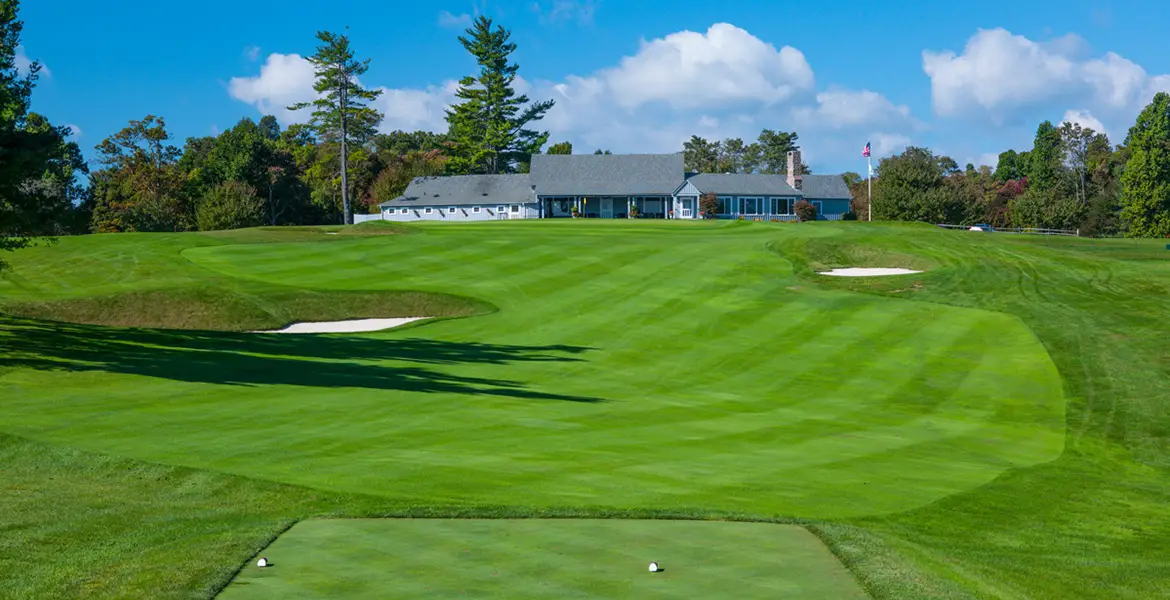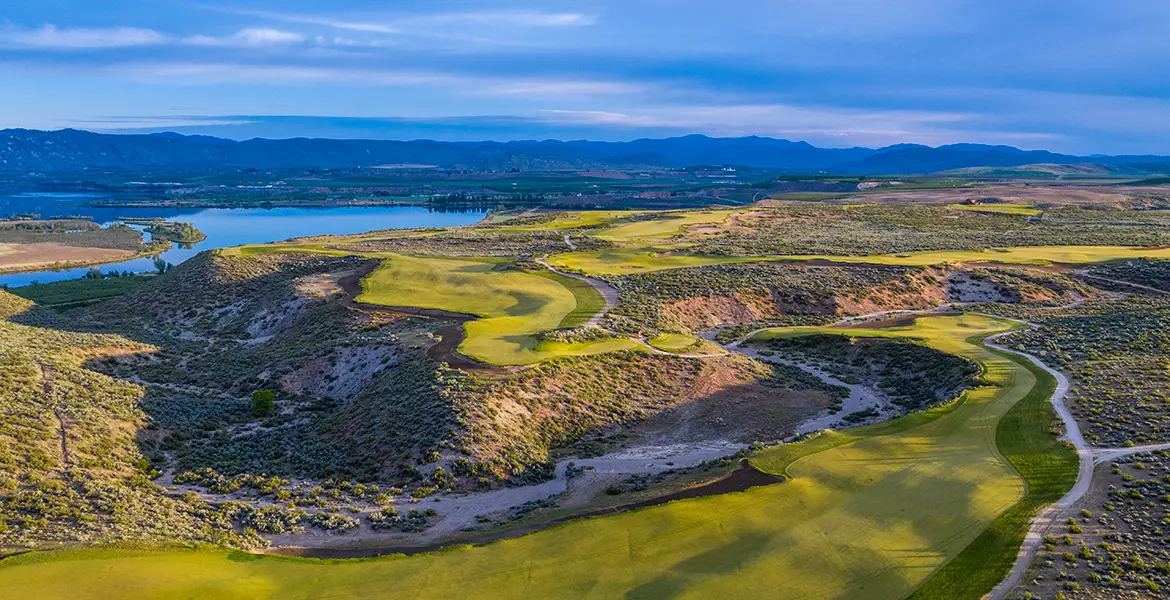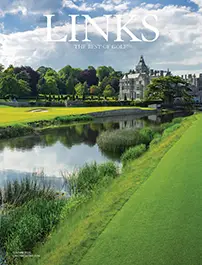London is rightly lauded for the wealth of marvelous heathland courses— Sunningdale, St. George’s Hill, Swinley Forest, et al.—that lie a short distance to its south and west. But southern England doesn’t have a monopoly on the country’s outstanding “sand, heather, and gorse”-type layouts. Ganton and Woodhall Spa are two of Europe’s finest inland courses. And then there is the superb Notts Golf Club at Hollinwell, quietly situated in deepest “middle England” and encircled by woodland long ago made famous by the legends of Robin Hood and the Sheriff of Nottingham.

Having founded their club close to the city of Nottingham in 1887, the members decided to move to Hollinwell at the beginning of the 20th century. The new course was created by Willie Park Jr., son of the first Open champion, a two-time Open winner himself, and the original designer of Maidstone, Olympia Fields, and the Old Course at Sunningdale.
Occasionally updated, though never substantially revised, Hollinwell—now at 7,250 yards, par 72—has stood the test of time. As testament to its quality, important professional and amateur tournaments regularly visit, and it annually hosts one of the final qualifying events for the Open.
Tranquil and secluded, silver birch, oak, pines, and firs adorn the course throughout, yet never overwhelm. Splashes of gorse and carpets of heather—gold and rusty-purple in season—frame much of the rough beyond the fairways, but rarely intrude. The rough itself is largely comprised of fescue grasses that turn wispy and pink-hued in summer. It is a glorious environment in which to play golf.

While the layout includes many outstanding individual holes, it is perhaps the rhythm of the round, especially the way the back nine unfolds as it flows and occasionally tumbles from the highest points back to the clubhouse, that sets Hollinwell apart.
The par-four 2nd, with its impressive “Robin Hood’s Chair” rock beside an amphitheater green, and the dogleg 8th are the most memorable holes on the outward nine. On the latter, the drive is across an attractive pond that feeds into the ancient Hollin Well (“Holy Well”) from which the area derives its name. Turning for home, the S-shaped 11th is a wonderfully subtle hole, and a brilliant run begins with the spectacular downhill par-three 13th. The right-to-left curving 15th has echoes of the stage-like 2nd, and the teasing, down-and-up 16th is a hole that bristles with character.
Writer Dai Davies once described Hollinwell as “a great gorse-filled bowl of golfing delights.” There is indeed much to savor and admire; moreover, the club’s immediate future would seem very bright. Martin Ebert, the architect whose work at several Open venues including Royal Portrush and Turnberry has been highly praised, was recently appointed to oversee a 10-year course restoration program. Count on Ebert to accurately judge “what’s best to touch—and what not to touch,” and to appreciate that his task is to polish a diamond.






